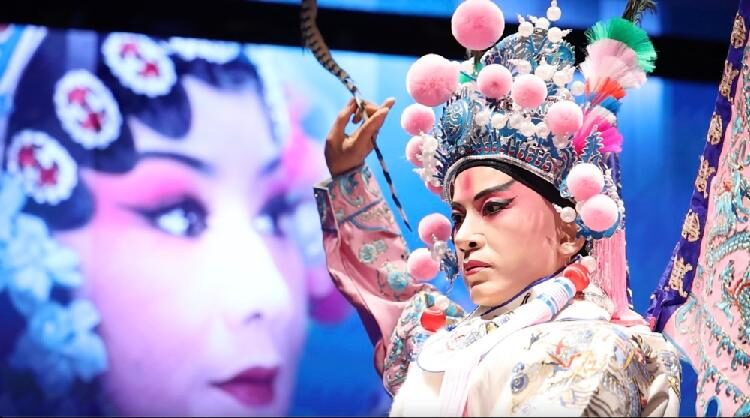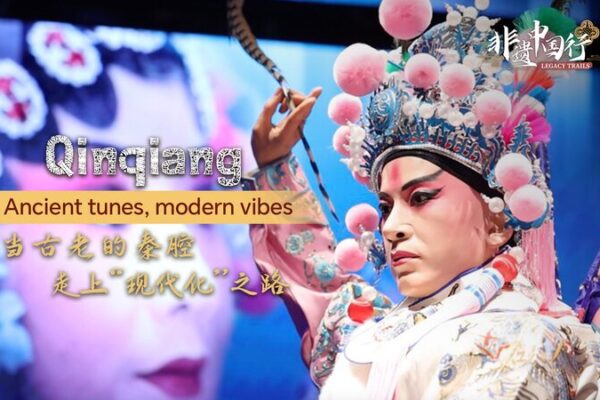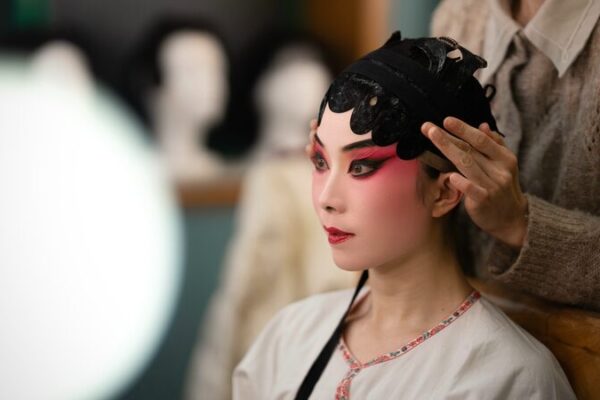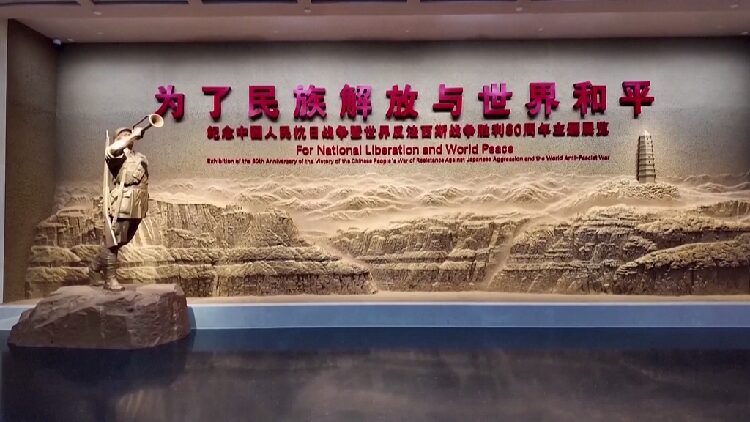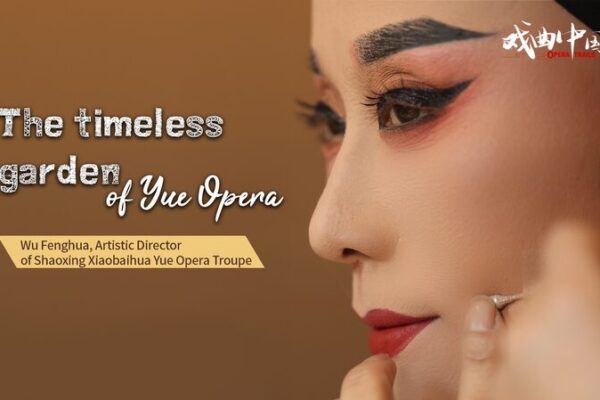Qinqiang Opera, one of the oldest forms of Chinese opera, originates from northwest China’s Shaanxi Province. With a history spanning several hundred years, its formation dates back to the mid-Ming Dynasty (1368-1644).
Known for its bold, high-pitched singing and dramatic expressions, Qinqiang is deeply rooted in the folk traditions of northwest China. Performers use powerful vocal techniques to convey intense emotions, often accompanied by the banhu (a two-stringed instrument), along with drums and gongs.
The opera’s themes usually center around loyalty, morality, justice, and resistance against oppression, reflecting the straightforward and resilient character of the people in the region. Its colorful costumes, distinct facial makeup, and exaggerated body movements make it visually striking and culturally significant.
Roles in Qinqiang Opera are categorized, with the “sheng” representing the primary male role. The “sheng” characters are known for their integrity and bravery, and are central to many Qinqiang stories.
In 2006, China listed Qinqiang Opera as one of the first national intangible cultural heritage items, recognizing its importance in Chinese cultural history.
Reference(s):
In pictures: Meet Qinqiang, one of the oldest forms of Chinese opera
cgtn.com
